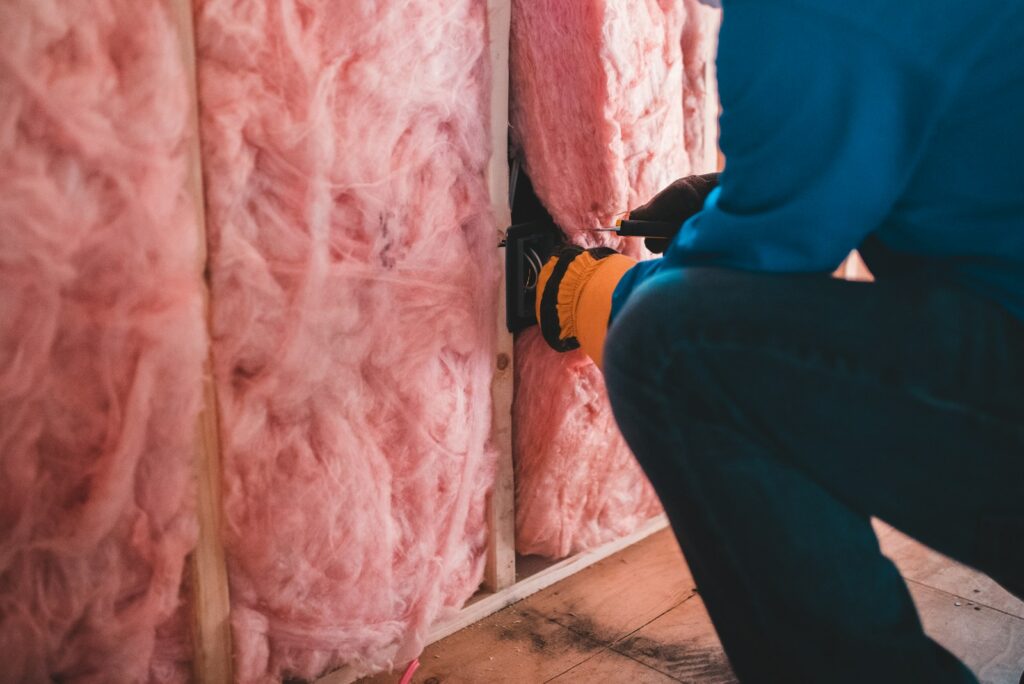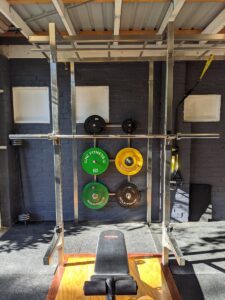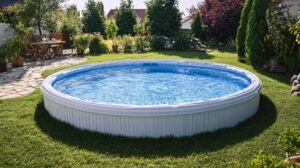What Are Good Thermal Insulators For Your Home? An Essential Guide

Choosing the right thermal insulators for your home can make a big difference in energy use and comfort. Good insulation keeps your home warm during cold months and cool during hot ones. It helps lower your energy bills and reduces the strain on your heating and cooling systems. Knowing which thermal insulation materials work best can help you make smart decisions when upgrading your home.
Why Thermal Insulation Is Important
Thermal insulation helps control how heat enters and leaves your home. Without it, your home can lose heat in winter or become too warm in summer. This makes your HVAC system work harder, which increases your energy use and utility bills. Proper insulation keeps your home comfortable year-round and helps you save money.
Things to Consider When Choosing Insulation
Before picking an insulation material, here are a few key things to think about:
- R-Value: This shows how well the insulation resists heat. A higher R-value means better insulation.
- Location: Different parts of your home may need different types of insulation.
- Climate: Homes in colder areas need more insulation than those in warmer places.
These factors can guide you toward choosing insulation that meets your home’s specific needs.
Popular Types of Thermal Insulation
Here are some of the most common insulation materials and where they are usually used.
1. Fiberglass Insulation
Fibreglass insulation is made from tiny glass fibres that trap air and slow down heat transfer. It is one of the most popular choices for homes.
- Where it works best: Attics, walls, and ceilings.
- Advantages: Affordable, fire-resistant, and easy to find.
- Disadvantages: The fibres can cause skin irritation if handled without protection.
Fiberglass remains a go-to option for those seeking an affordable and effective solution.
2. Mineral Wool Insulation
Mineral wool, also called rock wool or slag wool, is made from natural rock or industrial by-products. It stands out for its fire resistance and soundproofing abilities.
- Where it works best: Walls and ceilings.
- Advantages: Fire-resistant and excellent for soundproofing.
- Disadvantages: Heavier and more expensive than fibreglass.
Mineral wool is ideal for homes where both fire safety and noise reduction are top concerns. If you’re considering this, check out sites like thermal-clad.co.uk for budget-friendly and high-quality mineral wool insulation.
3. Spray Foam Insulation
Spray foam insulation is applied as a liquid that expands and hardens. It seals gaps and cracks, making it highly effective.
- Where it works best: Around windows, doors, and attic spaces.
- Advantages: Creates an airtight seal and has a high R-value.
- Disadvantages: Costs more than other types of insulation.
Spray foam is often chosen for areas where sealing air leaks is a priority.
4. Cellulose Insulation
Cellulose insulation is made from recycled paper that is treated with fire-resistant chemicals. It is a great option for eco-conscious homeowners.
- Where it works best: Walls, attics, and floors.
- Advantages: Environmentally friendly and good at reducing noise.
- Disadvantages: Can settle over time, which lowers its effectiveness.
For homeowners focused on sustainability, cellulose is a smart choice.
5. Rigid Foam Boards
Rigid foam boards are solid panels made from materials like expanded polystyrene (EPS) and extruded polystyrene (XPS).
- Where it works best: Walls, basements, and exterior insulation.
- Advantages: High R-value for its thickness and resistant to moisture.
- Disadvantages: Can be expensive and harder to fit into odd-shaped areas.
Rigid foam boards are a practical choice for areas where moisture resistance is essential.
Choosing the right insulation type can make your home more comfortable and cost-effective in the long run.
Comparing Insulation Options
Each type of insulation has its strengths. Spray foam is ideal for sealing cracks and keeping drafts out. Fiberglass is an affordable option for insulating large areas. Rigid foam boards are perfect for spaces where you need a lot of insulation without taking up much room. Choose an option that fits your home’s layout and budget.
Other Factors for Better Insulation
Making the most of your insulation involves more than picking the right material. Paying attention to these key factors can make your home even more energy-efficient.
1. Sealing Air Leaks
Even the best insulation won’t perform well if there are air leaks. Seal gaps around windows, doors, and vents using weatherstripping or caulking to improve efficiency. Small improvements like this can have a big impact.
2. Managing Moisture
Moisture can damage insulation and lead to mould. Use moisture-resistant materials, such as rigid foam boards or closed-cell spray foam, in areas prone to dampness, like basements.
3. DIY vs. Professional Installation
Some types of insulation, like fibreglass batts, can be installed without professional help. However, more complex options, such as spray foam, require a professional to ensure proper coverage and safety. Professional installation can save time and prevent costly mistakes.
Paying attention to these additional steps helps you get the most out of your insulation and maintain long-term comfort and efficiency.
Benefits of Good Home Insulation
Effective insulation offers several advantages:
- Energy efficiency: It reduces how much energy your home needs to stay comfortable.
- Lower utility bills: You can save money by using less energy.
- Comfort: Proper insulation keeps your home at a steady temperature.
- Noise reduction: Some types of insulation, like mineral wool, can block outside noise.
Good insulation creates a more peaceful, energy-efficient living environment.
Conclusion
Choosing the right thermal insulators can make your home more comfortable and energy-efficient. Think about your home’s layout, your budget, and your local climate before deciding. Whether you choose fibreglass, spray foam, or foam boards, proper installation is key to getting the best results. With good insulation, you’ll enjoy a more comfortable home and save on energy costs over time.
Image Source: Unsplash






